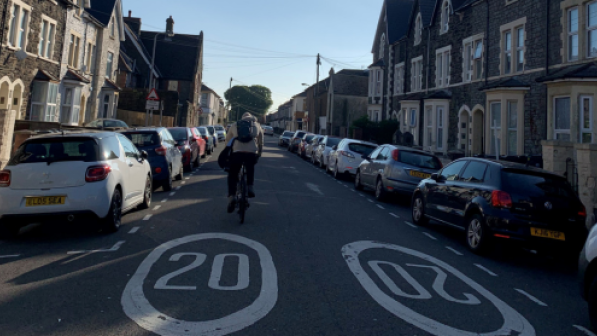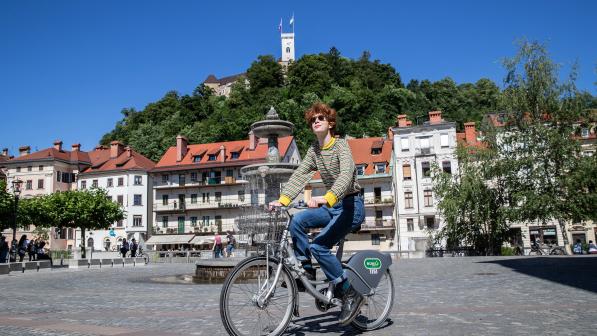Velo-city 2025: An energising week in Poland

After two days and five trains I found myself in beautiful Gdańsk, on the northern coast of Poland, for the 46th iteration of Velo-city. This year the conference’s theme was Energising Solidarity, a nod to the trade union which formed in Gdańsk’s shipyards and played an important role in the 1989 revolutions.
It was indeed an energising week. They say echo chambers are a bad thing. When you’re surrounded by a society which consistently prioritises cars over healthier and greener ways of getting around, though, opportunities to get together with people who believe in something better are welcome.
Gil Peñalosa, who introduced Ciclovía in Bogotá with his brother Enrique, gave an inspiring opening address. He stressed the importance of equity: that transport planners should cater as much for people who cannot afford cars as those who can.

He also pointed out the injustice of the high proportion (25-30%) of public space that is devoted to cars, and called for cycle networks which feel safe for people of all ages. For more on the Peñalosas’ work in Bogotá I’d recommend the book Happy City by Charles Montgomery.
It’s important to show that the person on a $30 bike is as valuable as the person in a $50,000 car
Gil Peñalosa
For me, the most interesting part of the conference was hearing from speakers representing countries which, like most of the UK, have yet to see high cycling levels.
One speaker from Melbourne, for example, shared that a hostile journalist stationed themselves at a new bike lane to count the number of cyclists on it. They then buried the total because it was so much higher than they expected – higher than the number of cars during morning rush hour.

A speaker from Budapest told us about how the city held a successful vote to close the famous Chain Bridge to private cars after a six-month test period.
Although cyclist numbers on the bridge remain low – likely because of a lack of connecting infrastructure – many more bus users and pedestrians now enjoy the bridge. And for the first time, ambulances regularly cross the bridge, after years of prohibitively high congestion.
I spoke on panels focusing on rural cycling, e-bike controversies, lower speed limits, and inclusion. It was a privilege to share Cycling UK’s work on these topics and to learn from people working on the same issues in other countries.

It was wonderful meeting passionate and persistent advocates for cycling, like the hosts of two of my favourite podcasts, Laura Laker from Streets Ahead and Sarah Goodyear from The War on Cars.
The best part of attending active travel (walking, wheeling and cycling) conferences is that your odds of death by PowerPoint are significantly improved by opportunities to get outside and move.
Velo-city organises a city-wide Bike Parade, in which conference attendees join locals for a joyful evening ride around the city. The UK’s own IBikeLondon provided the beats, and it was thrilling to cycle alongside people of all ages and on all sorts of bikes around big roads normally clogged with cars and vans.

Even when the roads were not closed to motor vehicles, however, Gdańsk was a lovely place to cycle. During a guided ride from the city to Sopot, another seaside town, we gaped at the many miles of well-maintained cycle paths and traffic-calming measures.
The entirety of Sopot is 30kmh (just under 20mph) and we cycled through a beautiful woonerf, a street which has been redesigned to make it clear that people come first, and cars second.
While we were reminded by Polish attendees that not all areas of Poland enjoy the same level of infrastructure, the experience did make me question the lack of funding often used as an excuse to not make UK streets more cycle friendly. If Poland, which has less than half the per capita GDP, can do it, why can’t the UK?


